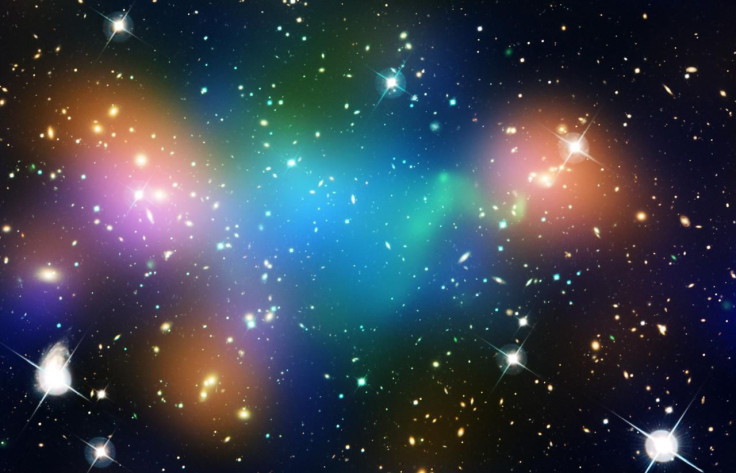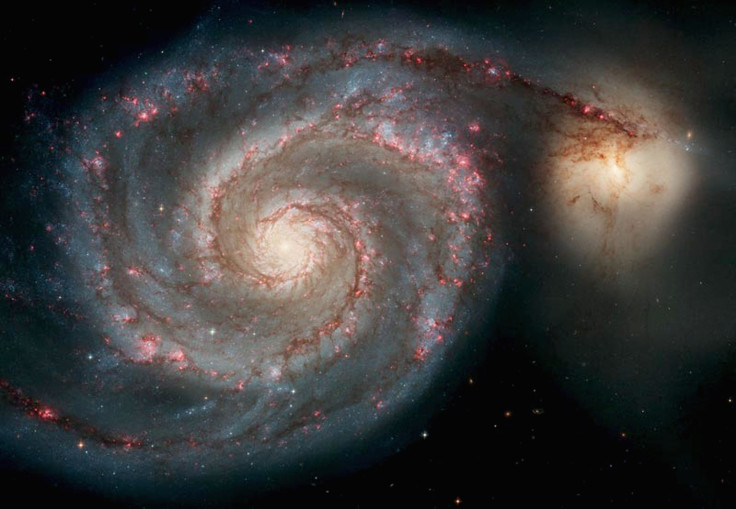NASA Discovers Isolated Galaxy Overflowing With Dark Matter

Scientists were able to locate an isolated galaxy brimming with dark matter using NASA’s Chandra X-ray Observatory. According to their study, the high level of dark matter detected in the galaxy was caused by its non-conventional evolutionary path.
The galaxy, which scientists labeled as Markarian 1216, contains stars that are as old as the entire universe. Based on their observations, the scientists concluded that compared with other galaxies, Markarian 1216 evolved differently.
In a new study published in The Astrophysical Journal, the scientists noted that Markarian 1216 belongs to a family of elliptical galaxies that formed billions of years after the Big Bang. They theorized that after this major cosmic event, compact galaxies known as red nuggets began to form.
However, unlike other conventional galaxies, the growth and expansion of the red nugget variants stalled around 10 billion years ago. As a result, the contents of the galaxy, which includes stars and the invisible dark matter, became tightly packed.
The scientists were able to test their theory after observing the X-ray brightness and temperature of the gas surrounding Markarian 1216’s center. By doing so, they were able to measure the weight of the dark matter within the galaxy.
According to the study’s co-author David Buote of the University of California, their findings indicated that the Markarian 1216 had a higher concentration of dark matter compared to other galaxies.
“When we compared the Chandra data to our computer models, we found a much stronger concentration of dark matter was required than we find in other galaxies of similar total mass,” he said in a statement.
“This tells us the history of [Markarian 1216] is very different from the typical galaxy,” Buote added. “Essentially all of its stars and dark matter was assembled long ago with little added in the past 10 billion years.”
The study by Buote’s team can be regarded as a significant discovery within the scientific community due to the debate surrounding the nature of dark matter. Due to its unseen nature, dark matter has never been observed directly before, causing some scientists to doubt its existence.
Buote is hoping that through his team’s findings, further studies can be conducted on dark matter.

© Copyright IBTimes 2025. All rights reserved.





















